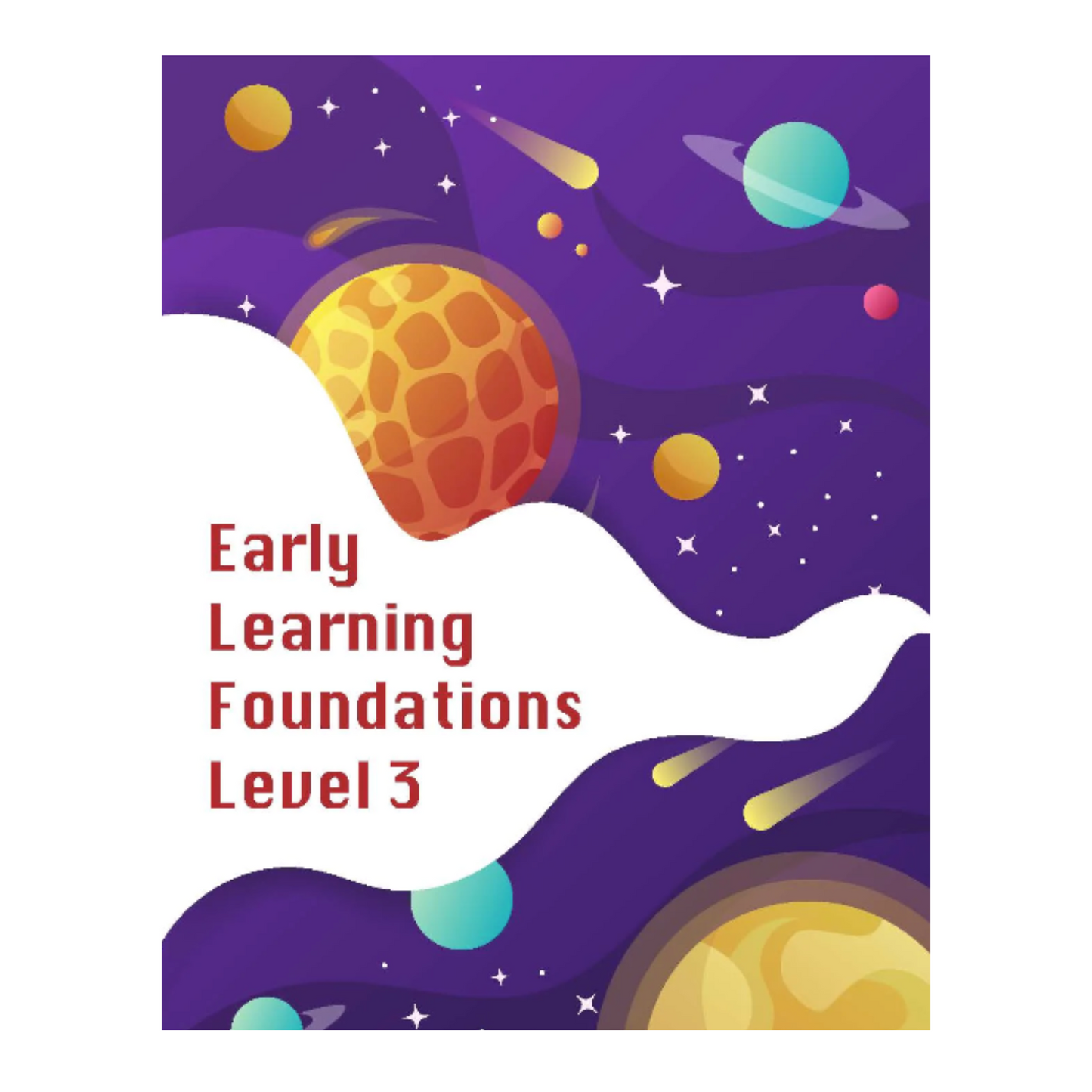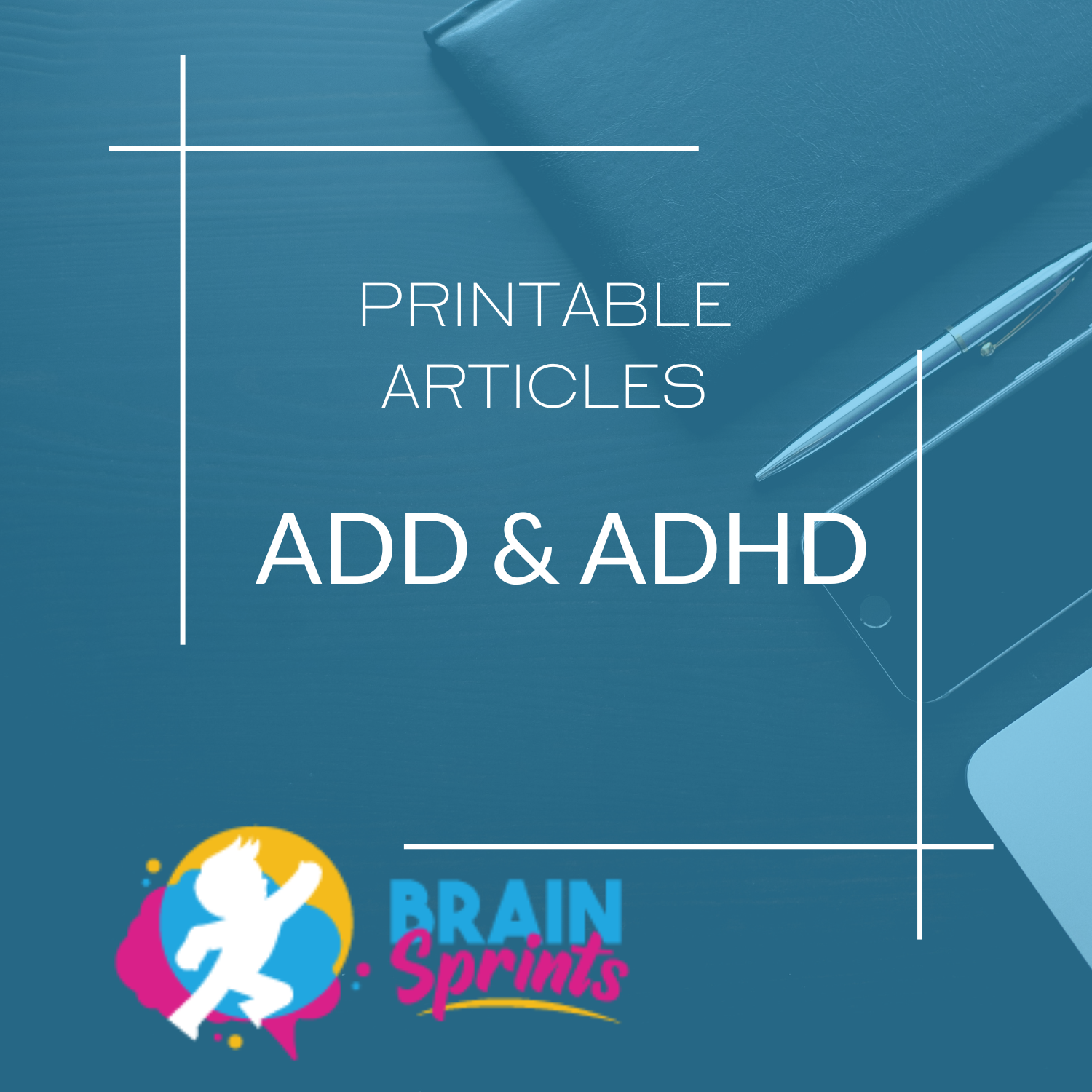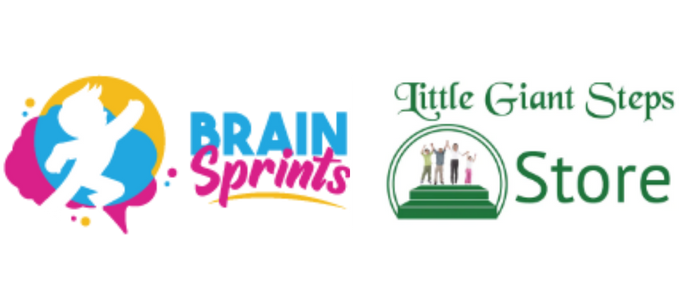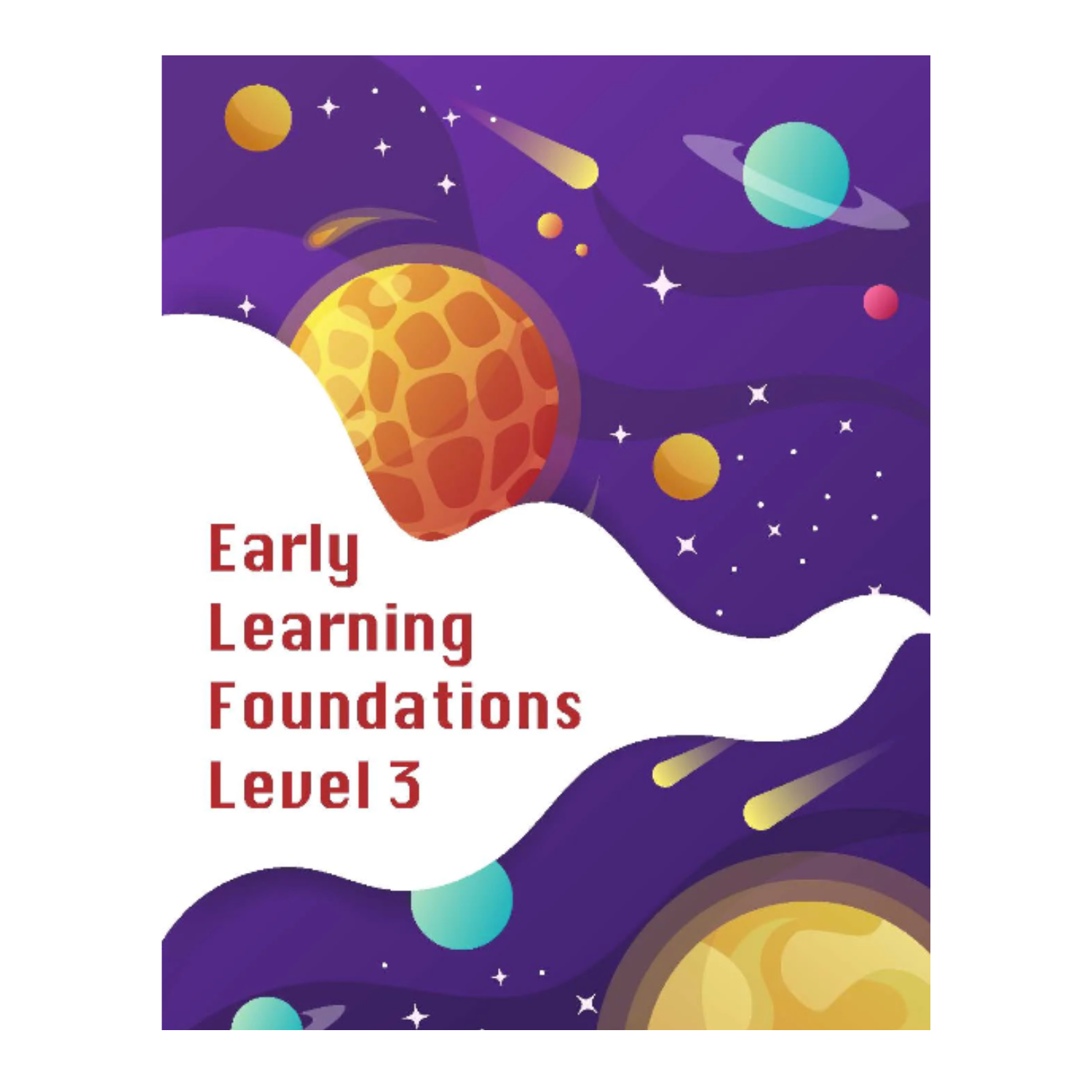LGS Store
Early Learning Foundations Level 3
Early Learning Foundations Level 3
Couldn't load pickup availability
Early Learning Foundations 3 – Advanced Brain-Building Math & Reading Readiness Curriculum
Early Learning Foundations 3 (ELF 3) from Brain Sprints is designed for children who are ready to build on the strong base of ELF 2 and expand into higher-level math, memory, and critical thinking skills. Using the proven Neuro-Educational Approach, ELF 3 strengthens essential brain pathways (“neuro-highways”) that support focus, comprehension, and long-term success in academics and daily life.
This level introduces multi-digit addition and subtraction, borrowing and carrying, fractions, money, geometry, and early multiplication concepts, while continuing to expand reading readiness, problem-solving, and memory training. Whether you’re homeschooling, preparing for early elementary school, or working with a child who needs extra support, ELF 3 provides powerful tools to help children master math operations, strengthen focus, and enjoy learning.
✅ Skills Your Child Will Gain with ELF 3
· Comprehension, memory, and organization for following directions and solving word problems
· Stronger auditory and visual processing for long-term learning retention
· Mastery of one- to four-digit addition & subtraction with borrowing and carrying
· Foundational multiplication readiness through grouping and skip counting
· Fraction skills—recognizing, comparing, and applying parts of a whole
· Money recognition, counting, and problem-solving with real-life applications
· Geometry & spatial reasoning (shapes, symmetry, angles, lines, patterns)
· Measurement, time, and calendar skills with practical, hands-on application
· Confidence in math, reading readiness, and overall academics
📘 What’s Included in Early Learning Foundations 3
· Student Workbook with engaging daily lessons
· Teacher’s Guide with step-by-step instruction and spiral review
· Flash Cards including Digit Span Cards (Level 7) for advanced memory training
· Rapid Recall Student Books for mastery of addition & subtraction facts
· Visual Math Steps (1–14) to build a deep understanding of number sense and computation
🎯 Why Families Choose ELF 3
· Continues the Neuro-Educational Approach established in ELF 2
· Prepares children for first and second grade math success
· Includes a spiral review to reinforce previously learned skills
· Effective for all learners—including those with dyslexia, ADHD, autism, dyscalculia, or other learning challenges
· Can be taught at a flexible pace to meet each child’s needs
· Just 15–20 minutes per day for lasting academic results
💬 Parent Feedback:
"ELF 3 gave my child the tools to finally understand multi-digit math. The short lessons and hands-on activities made learning fun and stress-free."
🚀 Set Your Child Up for Academic Success
With Early Learning Foundations 3, your child will gain advanced math readiness, stronger brain organization, and confidence in learning that carries into every subject. Whether you’re homeschooling or preparing for early elementary school, ELF 3 is more than a curriculum—it’s a brain-building program that helps children unlock their full potential.
Full Scope and Sequence
Number Sense and Numeration
*Counts by 1’s, 5’s, 10’s, 2's, 4's, 8's, 3's, 25's, 50’s, 100's *Counts by 10's and 5's in two and three digit numbers *Reads and writes numbers to1000 *Compares and orders numbers to 1,000 *Uses comparison symbols (<, >, =, =) *Compares and orders numbers to 1,000 *Identifies how many more or less *Identifies the digits and value in a number *Writes numbers using words to one hundred * Writes numbers in expanded notation *Rounds to the nearest 10 *Identifies place value to thousands *Identifies ordinal position to twentieth *Identifies doubles *Identifies even and odd numbers *Identifies properties of addition and subtraction *Identifies counting by groups in preparation for multiplication *Identifies addends, sums, differences in relation to part, part, whole of addition and subtraction problems *Identifies numbers and patterns on a hundred number chart
Concepts of Whole Number Operations
*Uses concrete and pictorial models for addition and subtraction *Uses concrete and pictorial models for multiplication *Recognizes the relationship between operations
Whole Number Computation
*Masters basic addition and subtraction facts *Identifies missing addends *Identifies missing addends for sums of 20 *Adds multiples of 10 and 100 *Adds multiples of 10 to a two or three-digit number *Adds two multi-digit numbers without re-grouping *Adds three or more single-digit and multi-digit numbers *Checks addition answers *Subtracts 10 from a two-digit number *Checks subtraction answers *Subtracts multi-digit numbers with re-grouping * Doubles a number
Fractions
*Identifies half of a whole *Divides a shape or solid in half *Names and represents fractional parts of a whole to 12ths* *Writes part of a set as a fraction *Finds half of a set *Finds a fractional part of a set *Compares fractions *Identifies numerator and denominator
Money
*Identifies and counts pennies, nickels, dimes, quarters, half dollars and coin combinations *Adding and subtracting counted coins *Shows an amount of money using coins *Pays for items using coins *Writes money amounts using a $ sign or a ¢ sign
Geometry and Spatial Sense
*Identifies, reads, and extends repeating and continuing shape patterns * Sorts common and three dimensional geometric shapes * Identifies common and solid geometric shapes * Constructs and names lines, line segments and rays * Identifies angles; names right angles * Identifies horizontal, vertical, and oblique line segments * Identifies and draws parallel and perpendicular lines * Identifies and draws lines of symmetry
Measurement
*Compares and orders objects by length * Identifies the appropriate customary unit of measure to use: Linear – inches, feet, yards Time - seconds, minutes, hours, days, weeks, month, years Liquid - ounces, cups, pints, quarts, half gallon, gallon *Measures using non-standard units *Measures and draws line segments to the nearest inch and 1/2 inch *Measures using feet and inches *Compares the weight of objects *Compares and estimates the capacity of containers *Finds the volume of containers in cups *Compares temperatures *Measures temperature using Fahrenheit
Perimeter and Area
*Compares and orders by the size of shapes *Measures perimeter using inches *Measures area using non-standard units
Time and Calendar
*Identifies the day of the week, month, date, and year *Identifies yesterday, tomorrow, weekday and weekend *Identifies days of the week and months of the year with abbreviations *Identifies morning, afternoon, evening, and night *Reads and represents time to the hour, half hour and quarter hour *Reads time to 5 minutes *Identifies noon and midnight *Uses a.m. and p.m. *Writes the date using digits
Data Analysis
*Organizes and compares data *Creates and reads a bar graph *Creates and reads a line graph *Creates and reads a Venn diagram *Conducts a survey *Problem solving *Identifies the missing number in a sequence


Exchange accommodations and compensating for confidence and excelling!
Let us help you discover all the ways our brain training and building principles can help with learning labels like Dyslexia, ADD, ADHD, Autism, Sensory integration, Dysgraphia, Dyscalculia and more.

